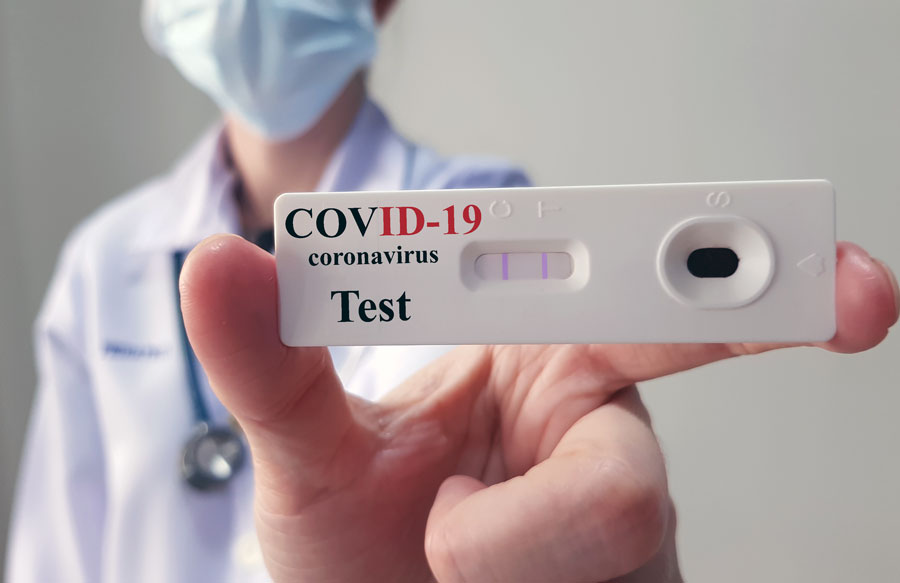
NEW YORK — Despite their role on the front lines of the COVID-19 pandemic, Community Health Centers are receiving very little of the federal aid going to other health-care providers.
Community Health Centers serve nearly 30 million mostly low-income and minority patients nationwide. They serve communities very vulnerable to the coronavirus, and they see all patients, regardless of ability to pay. But stay-at-home orders have caused these clinics’ revenue to drop by 50% to 70%.
Paloma Hernandez, president and chief executive of Urban Health Plan in the Bronx, said they’ve received only 2% of operating expenses from the federal Provider Relief Fund.
“We don’t have very wide margins in our operations,” she said, “so this just financially weakened the health centers, across the board.”
In March, Congress appropriated $175 billion to help health-care providers who see Medicare patients, but Community Health Centers rely predominantly on Medicaid revenue.
As providers of primary and behavioral health care, Community Health Centers save the health-care system an estimated $24 billion a year. During the pandemic, Hernandez said, they help patients who have symptoms but don’t need hospitalization.
“We advise them on what to do, like self-quarantine, stay at home,” she said, “then monitor how well they do, so that they don’t flood the emergency rooms and the hospitals.”
Fifty percent of racial and ethnic minority patients tested at Community Health Centers across the country have tested positive for COVID-19.
With revenue shortages already forcing health centers to furlough staff or close entirely, Hernandez said a large portion of federal funding for community health centers is set to expire in November.
“So, it’s really important not only that we’re recognized for the safety-net pools that come out of a CARES Act or other stimulus acts,” she said, “but also that Congress acts on assuring that reauthorization of the health-center program happens.”
The National Association of Community Health Centers is requesting $77 billion in new funding for recovery from the pandemic and growth of the program.



Comments are closed.